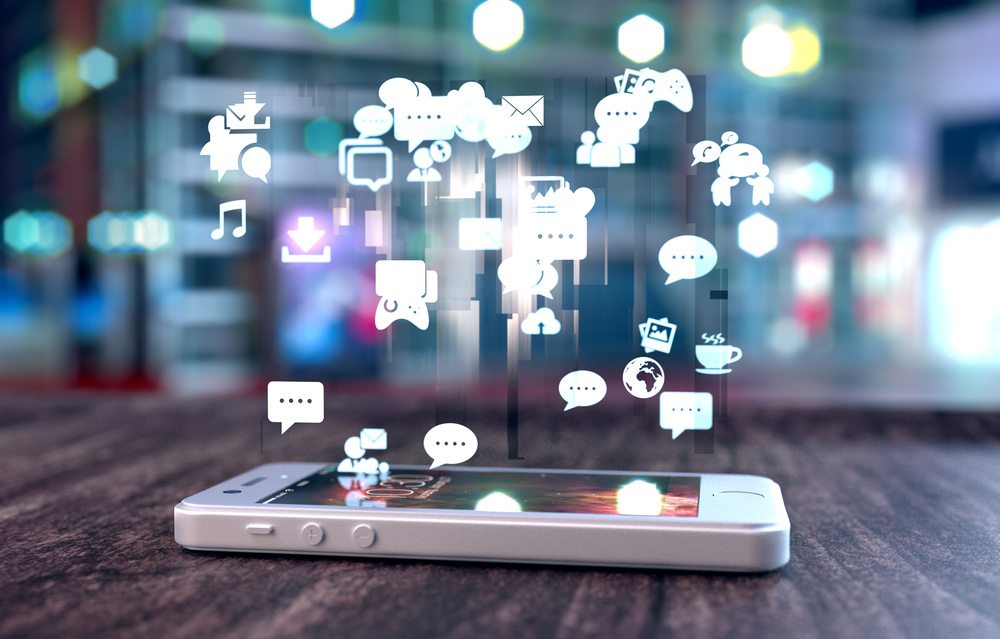Evaluating Mobile Learning Is Necessary (And Should Be Continuous)
Over the past decade, mobile learning has grown monumentally in educational institutions as well as in corporate houses around the world. It started with simple text based short lessons sent over to mobile devices for revision or a quick recap; now mobile learning is growing in scope and capability that offer new opportunities for learning that extend beyond the traditional eLearning or instructor-led classroom.
During the early days of mobile learning, developers became aware of significant issues that came with the adoption of mobile devices for learning. Technical issues such as managing learning technology with short battery life were on one side. On the other were pedagogical issues, such as delivering teaching content through a small device. With the immense popularity and easy availability of mobile devices, they are now being utilized for shopping, banking, gaming, entertainment, and even advertising. There is a huge opportunity to design learning differently through learning communities, just-in-time, and on demand learning as well as encourage the habit of lifetime learning. Coupled with the internet revolution which enables people to access, create, and share media across the world, mobile learning is the way that the learners of the modern generation prefer to learn.
4 Ways Of Evaluating Mobile Learning
Since considerable budgets are spent on mobile learning development, it is necessary to find effective ways of evaluating mobile learning and ensure that learners are not just fascinated by the new devices in a way which they may find interesting, but here is a lasting valuable impact of mobile learning on their work practices as well.
The success of technology-aided learning is closely related to the learner’s achievement in pre-identified learning outcomes. This is true for mobile learning as well, but the nature of learning outcomes in the mobile age needs to be adaptive.
Here are 4 ways to measure the effectiveness of mobile learning:
- Analyzing the learners’ contribution on online forums.
Learners may assimilate information into their own experience and development, rather than reproducing knowledge in a pre-post questionnaire or traditional test. Practical opportunities of sharing and applying knowledge should be provided to ascertain the effectiveness of learning. A very sound way of doing this is by analyzing the learners’ contribution to the topic on online forums. Such forums can be specially created to encourage the learners’ online contributions. Evaluation can be conducted on the basis of how many times the learner has answered a query in the forum. Or it can also be deduced by analyzing how many experiences or findings has he or she posted. Peers can “like” these posts or tag them as useful to fellow learners. The number of times a learners’ post tagged or forwarded by his or her peers can also be an effective measure of learning effectiveness. - Measuring how and how much learners use their mobile devices.
The number of times that a learner logs on to the Learning Management System (LMS) using the mobile device or searches for relevant course content on his handheld device can be a sign that the mobile learning endeavor is effective. Increased learning time on the mobile device is a definite sign that learners are keen on learning on these devices. - Analyzing the quality of a text report or assignment.
The same happens when the course is delivered through traditional eLearning or even through classroom sessions. In the case of mobile learning, the text reports can be written on mobile devices themselves and submitted online. The textual content does not have to be extended to present a clear picture of learning effectiveness. Short descriptive questions or objective test papers can also be utilized to throw light upon learning evaluation. - Collecting actual log data, with respective to the interactivities built within the mobile learning course.
For instance, the fact that a learner accesses a particular section of the course more than one time is an indicator that the section contains material which definitely garners his attention or he finds it useful. This is especially true if the course is fortified with audio-visuals or even short skill-based games which the learner wants to experience more and then apply to his work. Not only does this throw light on the effectiveness of content, it also reveals what kind of content most appeals to learners.
Evaluation needs to respond to the challenges of mobile learning and create more avenues of effective data collection as well as analysis. In the continuous process of creating more effective ways of delivering mobile learning, stringent methods of evaluation also need to be developed to ascertain the true worth of mobile learning in the modern context.

